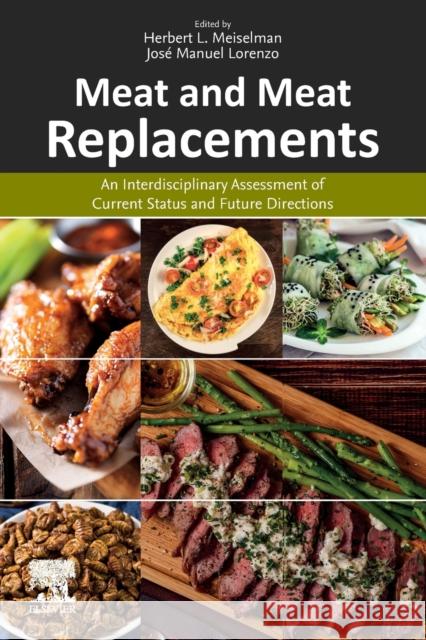Meat and Meat Replacements: An Interdisciplinary Assessment of Current Status and Future Directions » książka
topmenu
Meat and Meat Replacements: An Interdisciplinary Assessment of Current Status and Future Directions
ISBN-13: 9780323858380 / Angielski / Miękka / 2022
Meat and Meat Replacements: An Interdisciplinary Assessment of Current Status and Future Directions
ISBN-13: 9780323858380 / Angielski / Miękka / 2022
cena 995,85
(netto: 948,43 VAT: 5%)
Najniższa cena z 30 dni: 989,72
(netto: 948,43 VAT: 5%)
Najniższa cena z 30 dni: 989,72
Termin realizacji zamówienia:
ok. 30 dni roboczych
Dostawa w 2026 r.
ok. 30 dni roboczych
Dostawa w 2026 r.
Darmowa dostawa!
Kategorie:
Kategorie BISAC:
Wydawca:
Woodhead Publishing
Język:
Angielski
ISBN-13:
9780323858380
Rok wydania:
2022
Oprawa:
Miękka
Wolumenów:
01
Dodatkowe informacje:
Bibliografia











